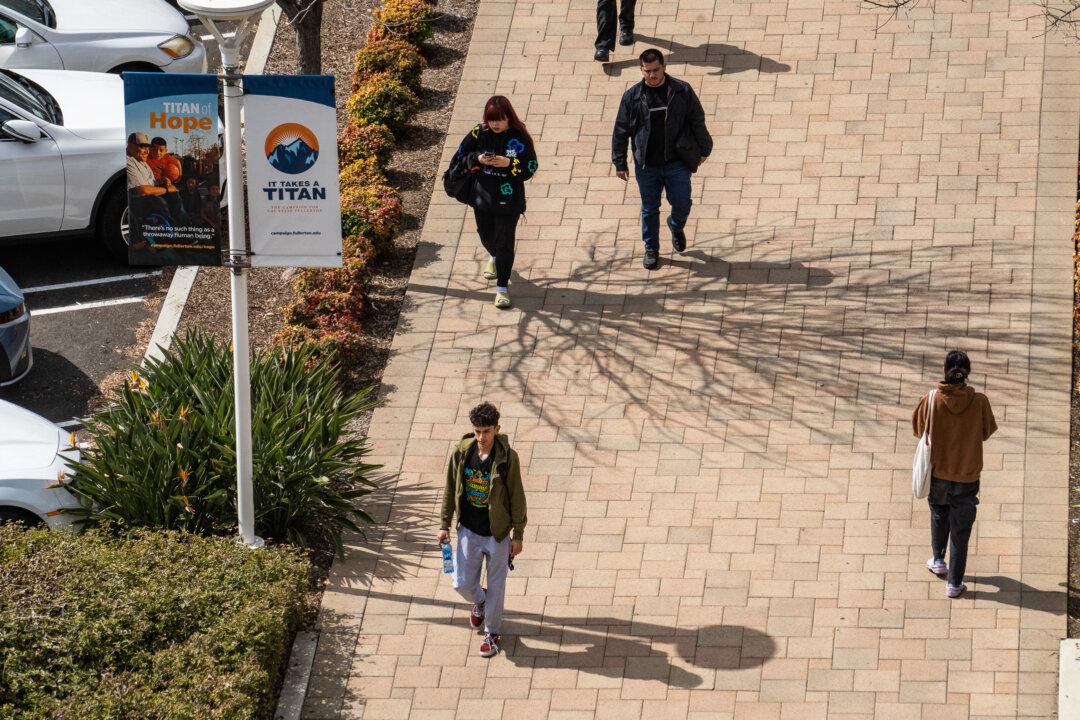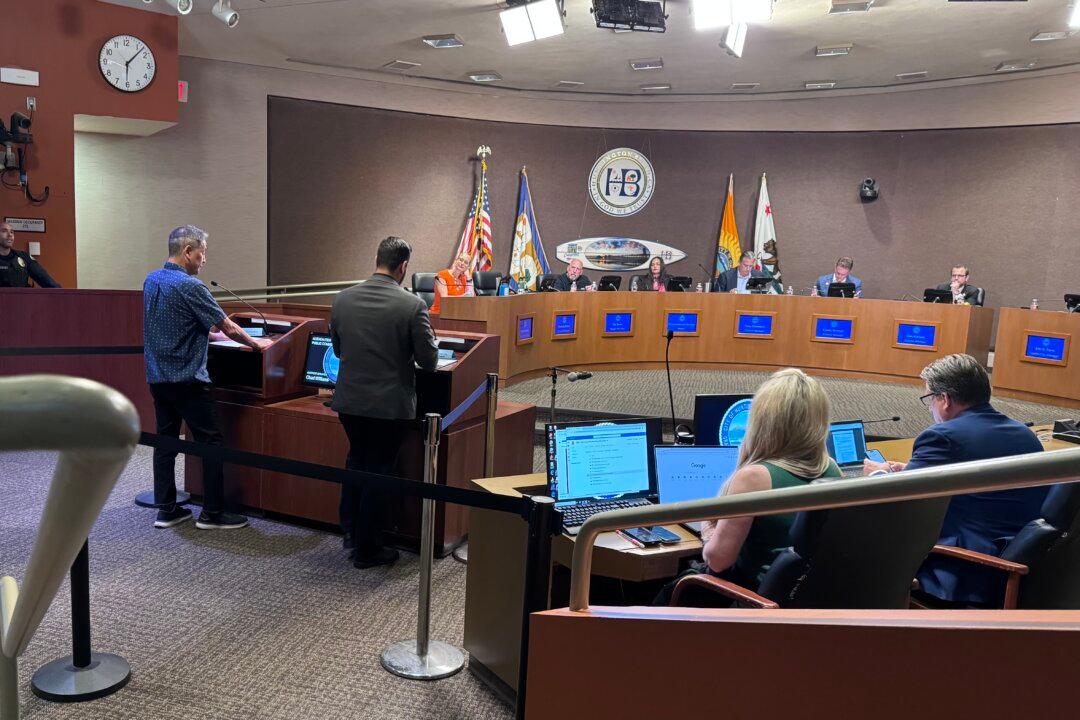California State University (CSU) students will see their annual tuition rise by 6 percent per year for five years, beginning with the 2024-25 academic year.
The university system’s board of trustees voted 15-5 on Sept. 13 for the increase, which will end following the 2028-29 year, when it will be reevaluated by the board, according to university officials.





